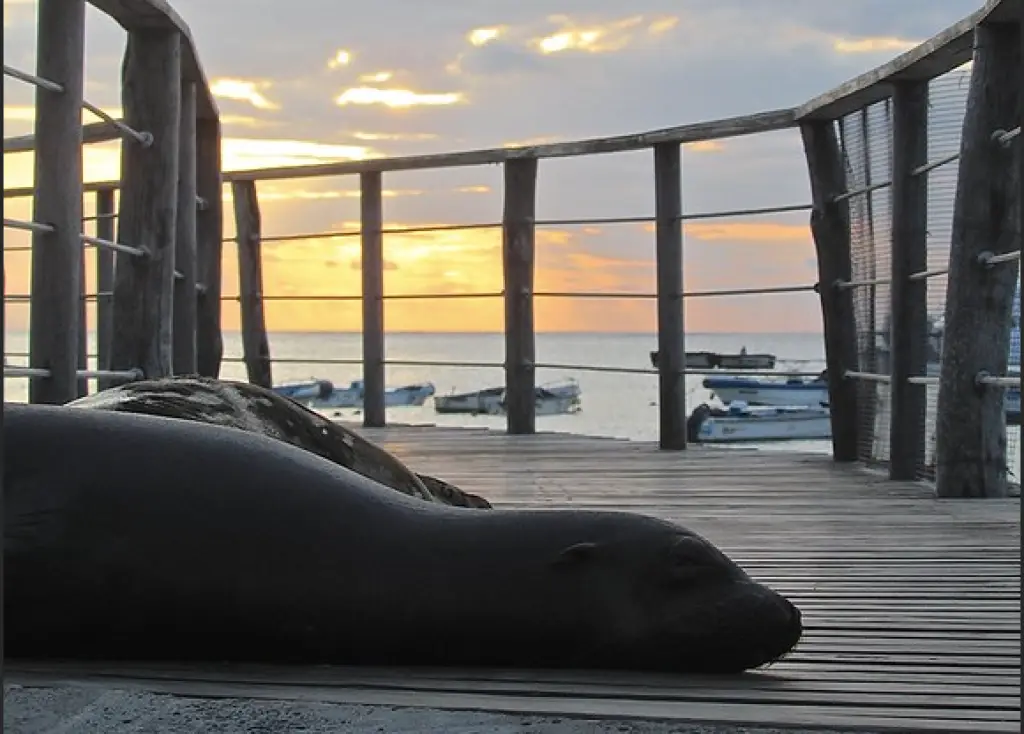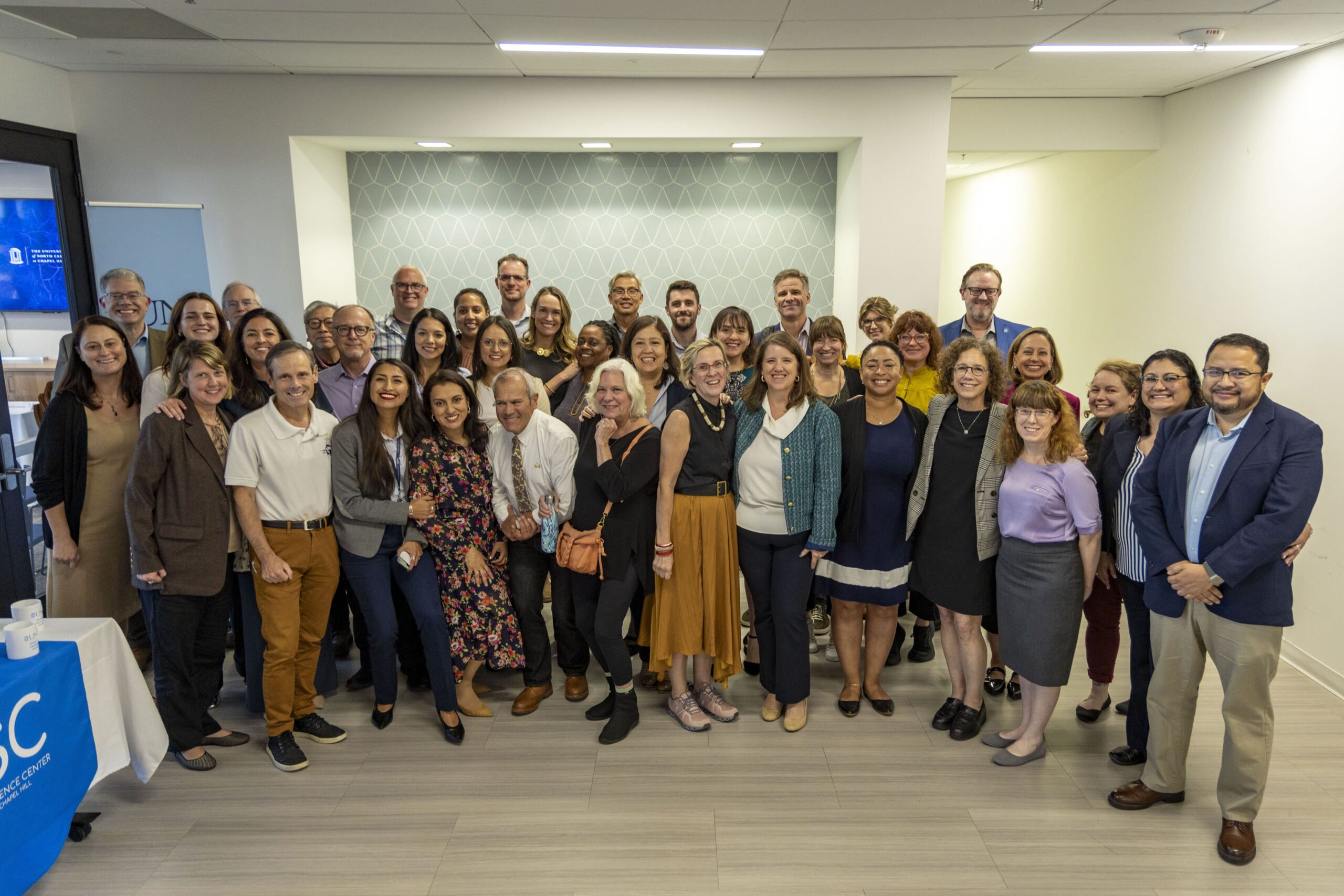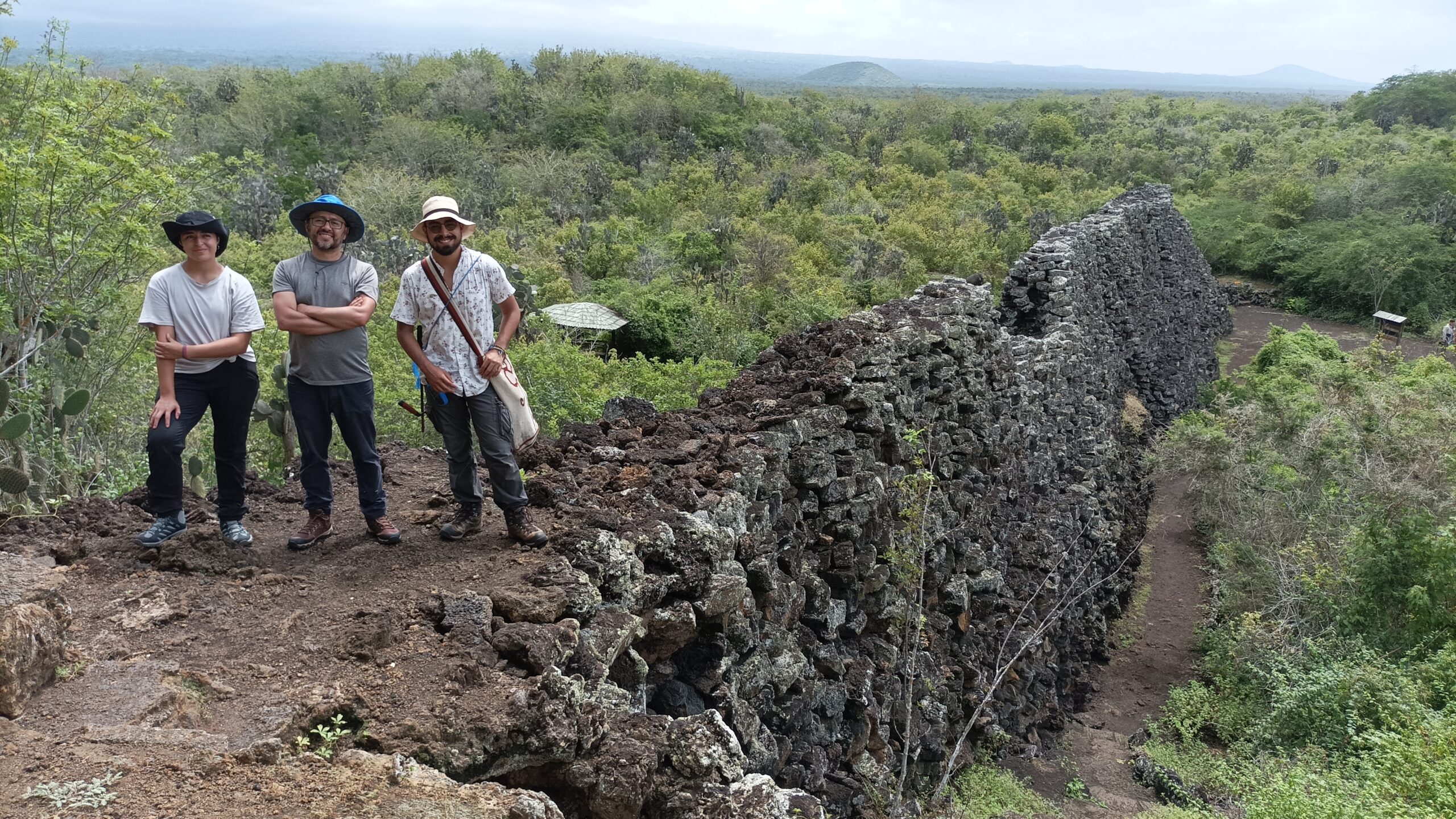Galapagos sea lion.
Abstract
Background
The Galapagos sea lion, Zalophus wollebaeki, is an endemic and endangered otariid, which is considered as a sentinel species of ecosystem dynamics in the Galapagos archipelago. Mitochondrial DNA is an important tool in phylogenetic and population genetic inference. In this work we use Illumina sequencing to complement the mitogenomic resources for Zalophus genus—the other two species employed Sanger sequencing—by a complete mitochondrial genome and a molecular clock of this species, which is not present in any case.
Materials and Methods
We used DNA obtained from a fresh scat sample of a Galapagos sea lion and shotgun-sequenced it on the Illumina NextSeq platform. The obtained raw reads were processed using the GetOrganelle software to filter the mitochondrial Zalophus DNA reads (∼16% survive the filtration), assemble them, and set up a molecular clock.
Results
From the obtained 3,511,116 raw reads, we were able to assemble a full mitogenome of a length of 16,676 bp, consisting of 13 protein-coding genes (PCGs), 22 transfer RNAs (tRNA), and two ribosomal RNAs (rRNA). A time-calibrated phylogeny confirmed the phylogenetic position of Z. wollebaeki in a clade with Z. californianus, and Z. japonicus, and sister to Z. californianus; as well as establishing the divergence time for Z. wollebaeki 0.65 million years ago. Our study illustrates the possibility of seamlessly sequencing full mitochondrial genomes from fresh scat samples of marine mammals.
Read the article in the link: https://peerj.com/articles/16047/





